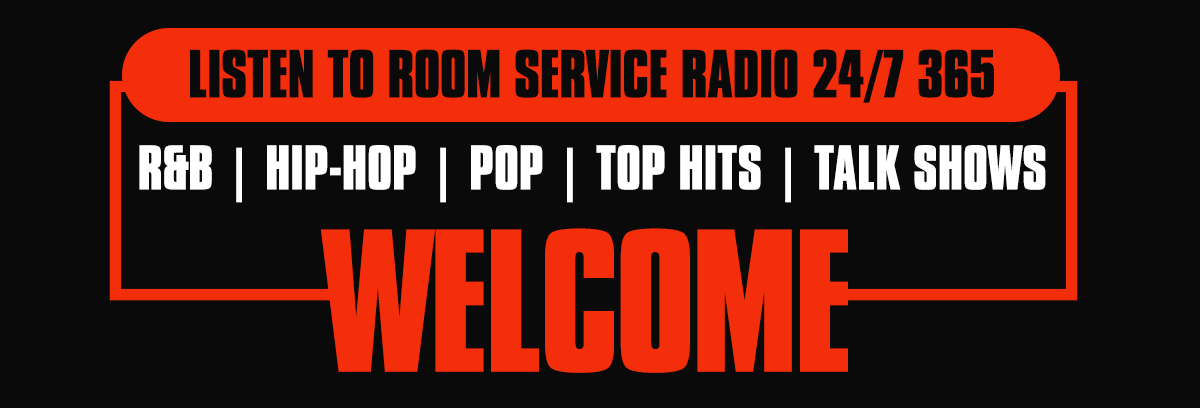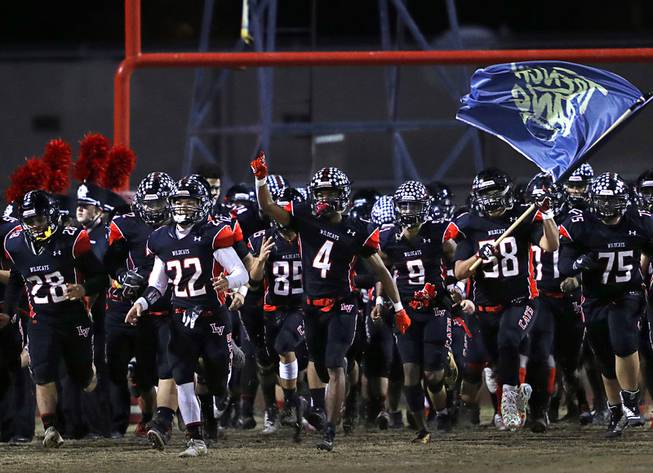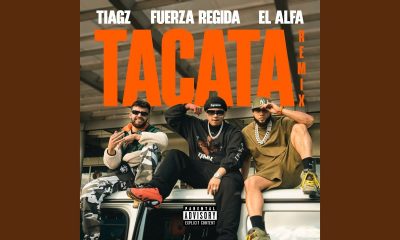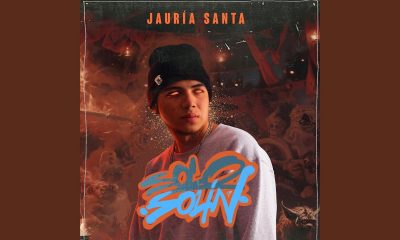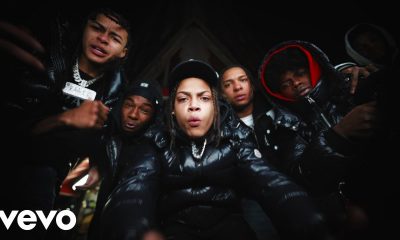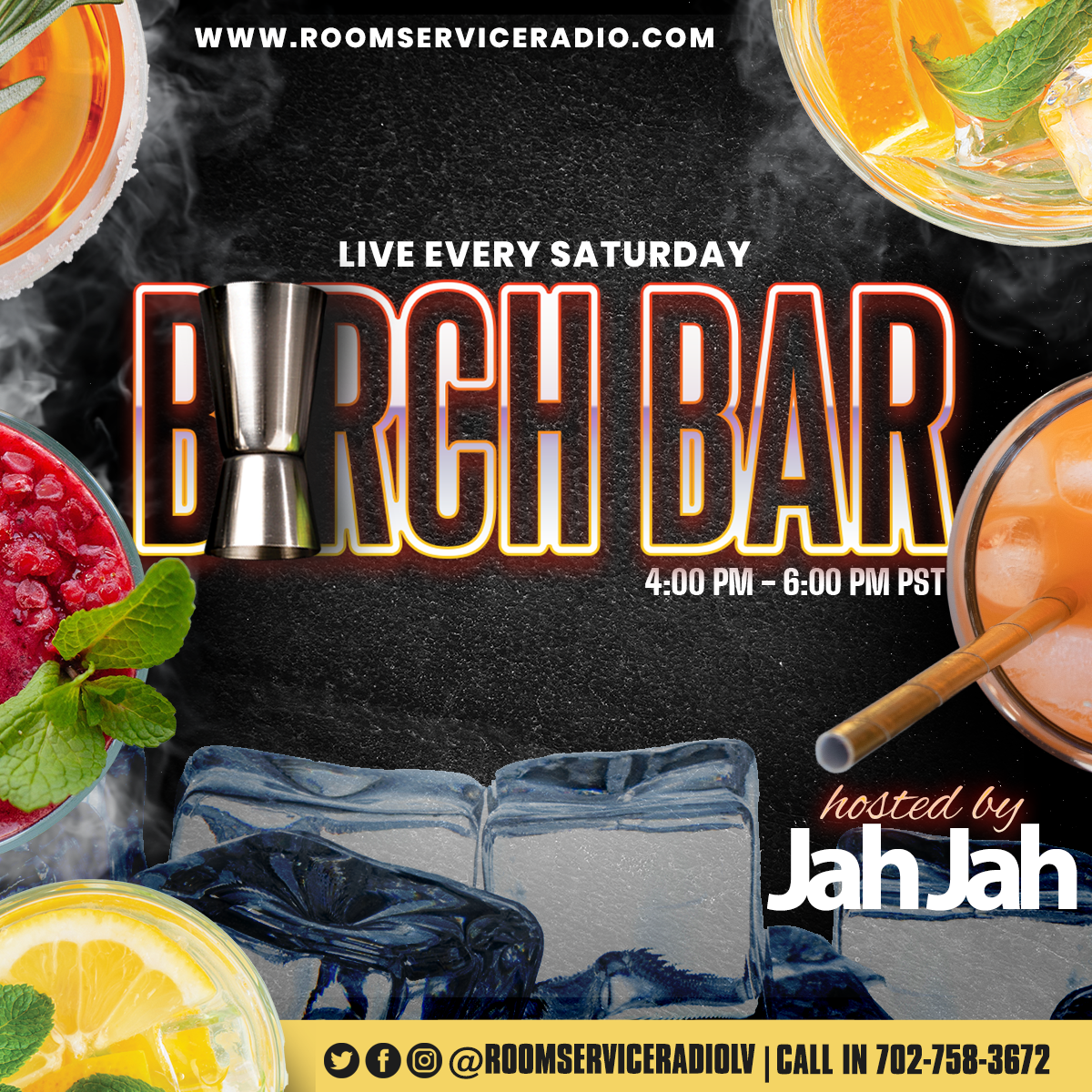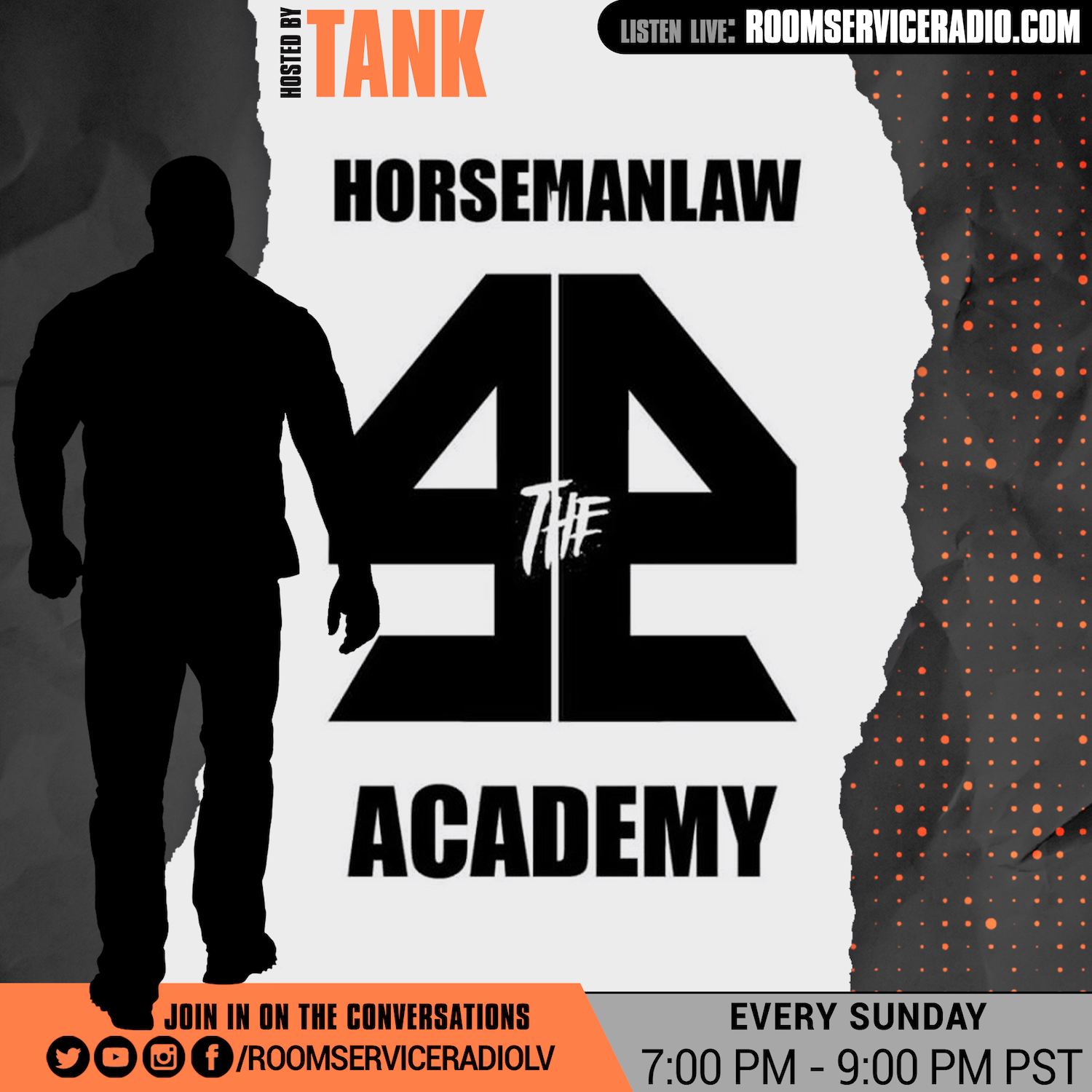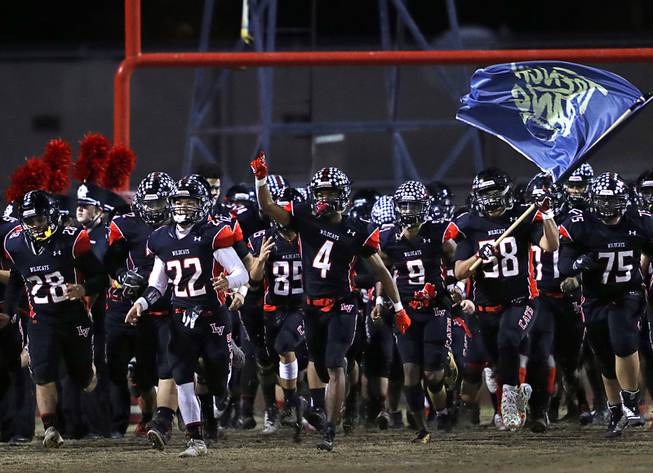
Las Vegas players take to the field for a Mountain Regional quarterfinals game against Palo Verde at Las Vegas High School Friday, Nov. 15, 2019.
Monday, July 12, 2021 | 2 a.m.
A Las Vegas family had five Clark County School District students trying to attend classes virtually last year during the pandemic.
Besides vying for computer time, they faced other obstacles to learning: working parents not always around to monitor the home, food insecurity and a language barrier faced by many Latino students.
Their situation was not unique.
The unfortunate truth is that many children in similar situations fell behind in their studies and some students — through no fault of their own — will have some catching up to do when school returns to full in-person learning next month.
The Nevada Interscholastic Activities Association, which recognized the hardship some student-athletes endured, deserves credit for altering its eligibility policy to assist those struggling to return to athletic competition. The NIAA is the governing body for prep sports.
Normally, students must have earned a 2.0 grade-point average during their most recent semester to qualify for sports in the new school year. If not, they had to wait until grades were posted at the end of the first nine-week quarter to meet the standard. That means an entire prep football season in the fall would be washed away.
The NIAA’s change will bring athletes back on a probationary status if they’re passing all of their classes after a three-week grade check. And during that three-week period, athletes will be allowed to practice with the team and attend games and other functions. They will likely only miss conference games.
As we nudge back into post-pandemic education, this type of creativity serves as a message to all: Let’s do everything possible to get students back on track.
High school athletics isn’t about the final score of the game; it’s about connecting students with the school community and giving them another opportunity to develop.
This ruling gives more kids a chance to continue recovering from the pandemic through after-school activities. Prep sports are more important now than ever.
“Some kids would have said, ‘There’s no motivation for me because I will miss the entire fall season,’ ” said Joe Petrie, who is part of the NIAA’s Board of Control, which last week approved the eligibility rule. “But three weeks is an incentive to have positive routines and habits to become eligible and get back into the swing of things.”
While one could make a case for making all students immediately eligible and then checking their status at the three-week mark, the compromise of only missing a third of the season is fair — especially given that the players will be around the team.
Officials opted for the three-week status checks because summer school for grade reversal was readily available and free, thanks to federal aid money. Still, with some athletes falling out of communication with teachers and coaches because of the obstacles presented by the pandemic, many missed the summer school window.
Now, at least, the penalty won’t be as harsh. It’s the type of forward thinking needed to help children get their confidence back as they return to school and adjust to a new normal.
“Students do need to be accountable for their academics to participate, but this doesn’t give them the death penalty by taking away nine weeks. The possibility of getting back is within reach and will give the kid an incentive,” said Bart Thompson, executive director of the NIAA.
Nevada was one of fewer than 10 states that completely shelved fall and winter sports seasons last school year because of the pandemic. The dormant year reminded many of how meaningful competition is in our lives.
In a few weeks, we’ll be back to postgame meals with mom and dad, scoreboard watching, pictures with teammates and more.
Thankfully, those students who were left behind academically during the pandemic will be included in the memories.

